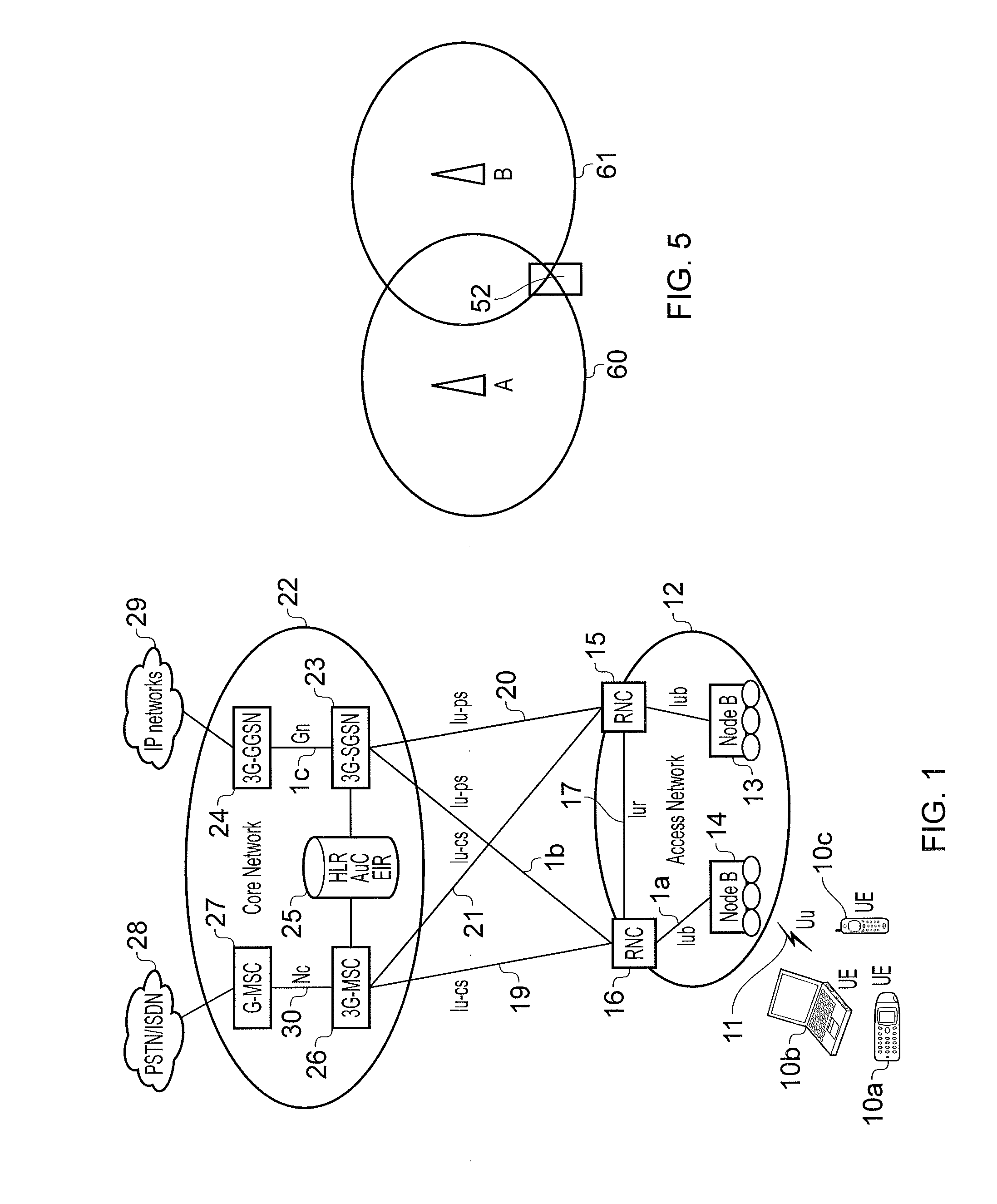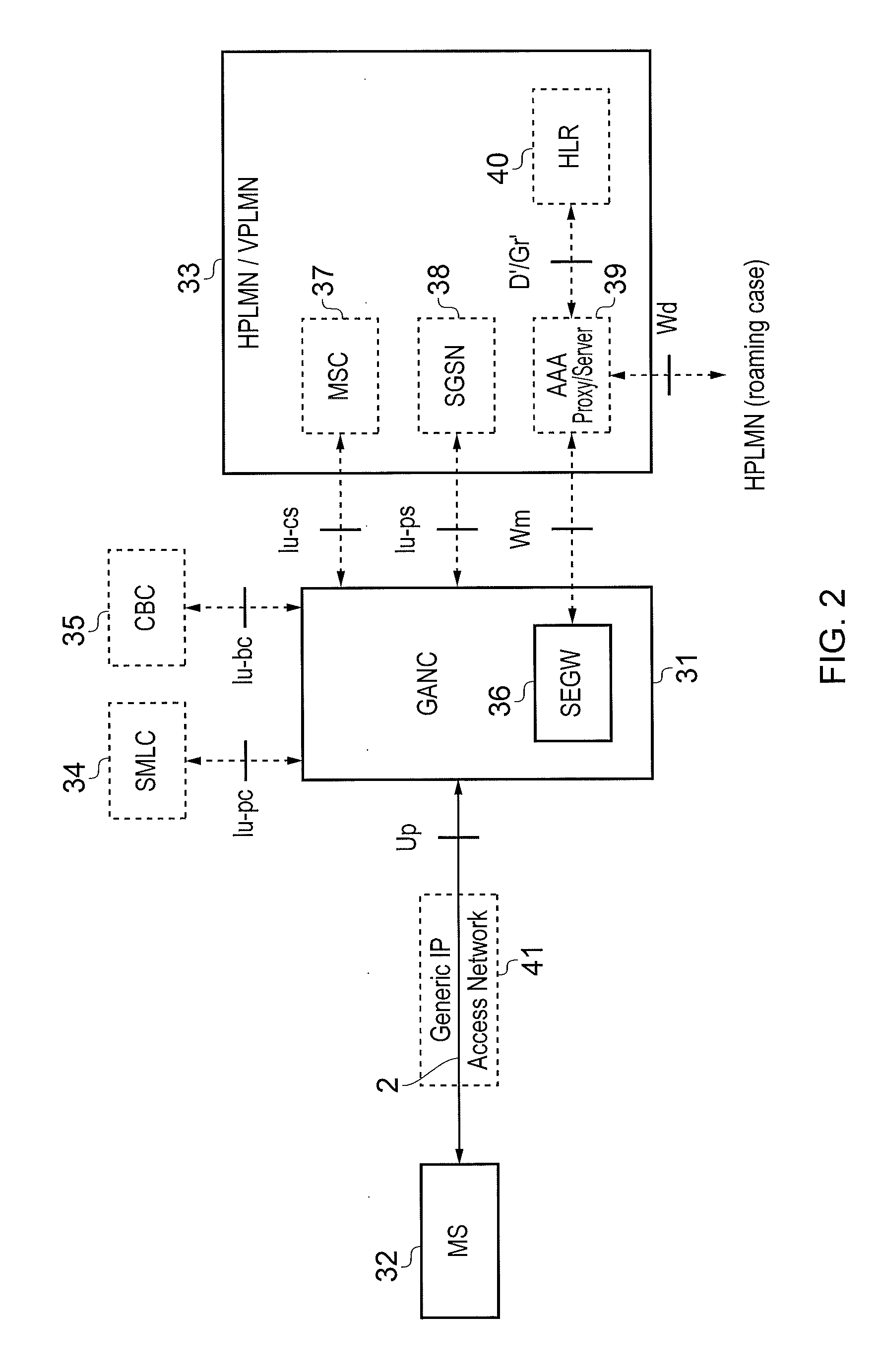Mobile Device and Method
a mobile device and mobile technology, applied in the field of mobile devices, can solve the problems of difficult upgrading of mobile operator networks to cope with this challenge, no incentive to do, and low efficiency, and achieve the effect of reducing the operational cos
- Summary
- Abstract
- Description
- Claims
- Application Information
AI Technical Summary
Benefits of technology
Problems solved by technology
Method used
Image
Examples
example
[0200]
xmlns:xsi=“http: / / www.w3.org / 2001 / XMLSchema-instance” xmlns:policy=“http: / / nowhere / policy policy.xsd” xsi:noNamespaceSchemaLocation=“policy.xsd”> xsi:type=“SimpleCondition” target=“ACTIVE_APP” value=“com.android.browser” description=“Browser Active” / > target=“WIFI_ENABLED” state=“ENABLED” description=“Enable Wi-Fi” reversalOnRemoval=“true” / >
The example above shows a policy file containing only one policy. Further details of various aspects of the XML components are given below.
Policy Attributes
[0201]name: this is used to identify the policy and in any related displays[0202]toastID: this is optional; it references a known ‘toast’—a popup message that is displayed when the policy is applied
Policy Members
[0203]conditions: these are the conditions that must be satisfied for the policy to be applied. Currently all conditions must be satisfied at once. There are different XML ...
PUM
 Login to View More
Login to View More Abstract
Description
Claims
Application Information
 Login to View More
Login to View More - R&D
- Intellectual Property
- Life Sciences
- Materials
- Tech Scout
- Unparalleled Data Quality
- Higher Quality Content
- 60% Fewer Hallucinations
Browse by: Latest US Patents, China's latest patents, Technical Efficacy Thesaurus, Application Domain, Technology Topic, Popular Technical Reports.
© 2025 PatSnap. All rights reserved.Legal|Privacy policy|Modern Slavery Act Transparency Statement|Sitemap|About US| Contact US: help@patsnap.com



